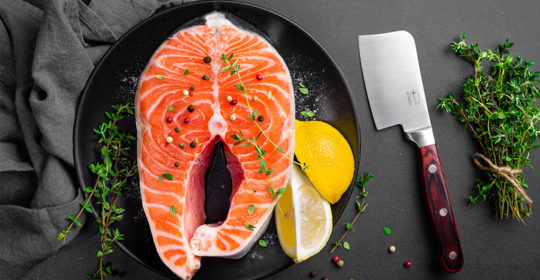
Healthy Eating Plan: What to Include
Overall wellness is having a healthy eating plan. This plan is like creating a design of how you want to nourish your body. The good thing is that you can customize your healthy eating plan based on your activities and the nutrients that your body need. For example, if you’re an active athlete with a busy schedule of trainings and workouts, you need to incorporate more protein on your diet that you can get from fish, meat, and green vegetables.
If you’re living an ordinary phasing life, office or schoolwork for example, you need to slow down in protein and carbohydrates and other complex nutrients that are harder to break and consume. Cutting back in carbohydrates, processed fats and dairy will help you balance your weight, blood sugar, and cholesterol level. Since you don’t get super active lifestyle, it means your body needs lesser amount of energy than those of an athlete.
Let’s work on an average person with average activities every day. Check the following for your meal plan:
Breakfast:
- 1 loaf of whole wheat bread (toast or sliced)
- 1 medium egg
- 1 glass of milk or freshly squeezed juice
- 1 banana
Morning Snack:
- ½ cup of berries
Lunch:
- Veggie salad
- Mixed green vegetables (peas, tomatoes, cucumber)
- Mashed potato with basil
Afternoon Snack:
- 1 Apple or Orange
Dinner:
- 1 serving of seared salmon or steak
- 1 cup of green leafy veggies
- 1 cup of baked or mashed potato with olive oil or basil
Protein intake
Protein is the source of energy that keeps you going. It also keeps you alert and lightens up your mood. For healthy protein intake, include fish, lean meat, chicken breast, eggs, and green leafy vegetables in your diet. Among the veggies high in protein are peas, spinach, kale, broccoli, Brussels sprouts, mushroom, artichokes, and avocadoes. You can also get protein from beans and nuts like peanuts, endamame, almond, oatmeal, cashews, and pumpkin seeds.
Carbohydrates
Carbohydrates contain glucose you need for energy. This is why you need carbs on breakfast. You can find healthy carbs in grains like wheat, root crops like potatoes, sweet potatoes, corn, and all kinds of vegetables. So if you’re having potatoes and veggies for lunch, you got all the carbs you need for the day. Carbohydrates should also be taken in moderation. Too much carbs produce high level of glucose, which leads to fats and obesity.
Fats
Not all fats are the same and healthy. Choose good fats from fish oil, vegetable oil, and olive oil. If you’re having meat for a meal, cut out the visible layers of fats, like in stake and pork chops.
Fiber
Include fiber on your healthy meal plan for smooth digestion. It cleans up your system and washes out toxins. Fiber can be found in fruits like pineapple, apple, papaya, and citrus fruits.
Water
Water is a very important part in a healthy meal plan. It keeps you hydrated, alert, and clean. It washes out your body inside and out. As your doctor always says, drink plenty of water every day.
Follow these tips when making a healthy eating plan and get the most out of it today!
